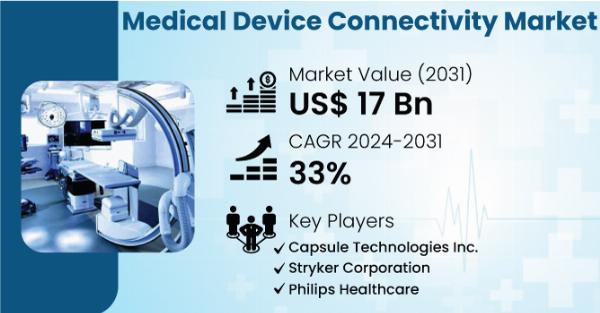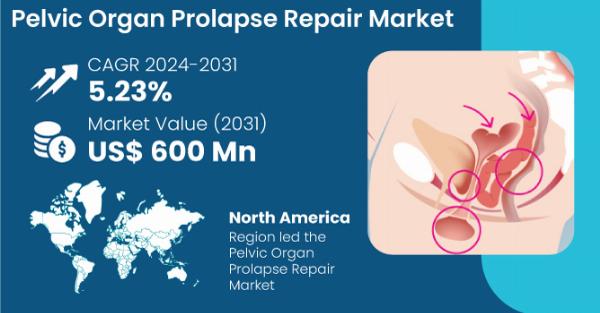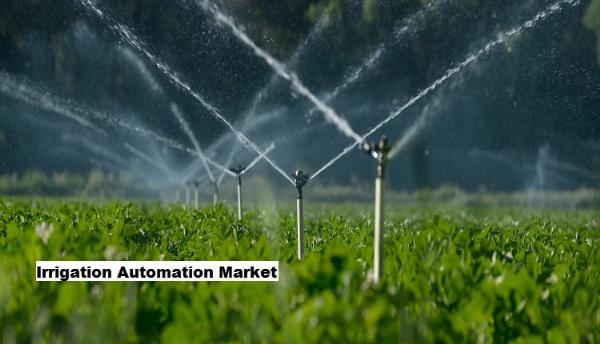Can High Blood Pressure Worsen Corneal Ulcers? Understand the Risks
When it comes to preserving eyesight, the eyes need delicate attention—especially when multiple health conditions overlap. For patients suffering from corneal ulcers, a painful and potentially vision-threatening condition, another invisible risk can complicate healing: high blood pressure. This article explores how hypertension can interfere with corneal health and healing, and why prompt, specialised care becomes even more critical.
Understanding Corneal Ulcers
A corneal ulcer is an open sore that forms on the cornea, the clear front surface of the eye. It is often caused by infection, trauma, or a chronic eye condition.
Left untreated, it may lead to severe pain, scarring, and even permanent vision loss.
Treatment usually involves antibiotic or antifungal drops, supportive care, and in some cases, surgical intervention.
What Is High Blood Pressure Doing to Your Eyes?
Hypertension, or high blood pressure, is often called the silent killer because of the slow but significant damage it causes to blood vessels—especially in the eyes.
The condition known as hypertensive retinopathy develops when high blood pressure causes changes in the tiny vessels of the retina.
But the effects of high blood pressure don’t stop at the retina—they may influence healing in other eye structures too, including the cornea.
Can High Blood Pressure Affect Corneal Ulcer Treatment?
While the cornea does not contain blood vessels, it depends on the surrounding environment and the tear film for nourishment and immune support.
When high blood pressure impairs circulation and inflammatory balance, the eye's natural ability to heal—especially after a corneal injury—can be compromised.
This can delay corneal ulcer treatment, increase risk of complications, and lead to longer recovery times.
How Hypertension May Complicate Corneal Ulcer Healing
Reduced Oxygen Delivery
Hypertension can reduce the efficiency of oxygen and nutrient delivery from surrounding tissues. A corneal ulcer needs adequate support to heal; otherwise, delays occur.
Increased Inflammation
High blood pressure is associated with systemic inflammation, which can worsen ocular surface damage or trigger poor responses to infection.
Higher Risk of Secondary Infections
Poor healing environments may leave the eye vulnerable to secondary bacterial or fungal invasions, further complicating the ulcer.
Unstable Tear Film
Medications used in hypertensive retinopathy treatment can sometimes affect tear production, making the eye more dry and prone to injury or delayed healing.
Weakened Immune Response
The immune system’s response is less efficient in hypertensive individuals, slowing the corneal healing and prolonging the recovery timeline.
Key Symptoms That Warrant Immediate Medical Attention
Patients with both hypertension and eye discomfort should remain alert to the following signs:
Redness that worsens instead of improving
Persistent eye pain or irritation
Sensitivity to light (photophobia)
Blurred or cloudy vision
White or gray spot visible on the cornea
Excessive tearing or discharge
If any of these are present, early corneal ulcer treatment and hypertensive eye care can prevent irreversible damage.
The Importance of Comprehensive Eye Evaluation
A patient with high blood pressure presenting with eye issues must undergo a full ocular assessment. This includes:
Slit-lamp examination to evaluate corneal integrity
OCT or Fundus Imaging to detect signs of hypertensive retinopathy
Tear film and dry eye analysis to assess ocular surface health
Infection culture tests, if ulceration is present
Proper diagnosis ensures that both the infection and systemic contributors like hypertension are managed in tandem.
Preventive Care and Eye Protection for Hypertensive Patients
Maintaining healthy eyes goes beyond treating symptoms. Especially for those with high blood pressure, lifestyle adjustments and preventive care are essential.
Here’s how patients can protect their vision:
Control Blood Pressure
Work closely with your physician to maintain ideal levels. Consistent blood pressure reduces the risk of retinopathy and supports better ocular healing.
Regular Eye Check-ups
Hypertensive patients should see an ophthalmologist every 6–12 months, even without symptoms.
Manage Dry Eye or Surface Discomfort
Use lubricating eye drops if advised to maintain a stable corneal environment.
Practice Good Eye Hygiene
Avoid touching or rubbing the eyes. Use protective eyewear in risky environments.
Stay Alert to Vision Changes
Immediate reporting of visual disturbances ensures early intervention and avoids serious complications.
Why Specialised Eye Care Matters in Dual Conditions
Treating eye conditions that intersect with systemic diseases requires the expertise of specialists who understand the deeper connections.
In cases where a corneal ulcer exists alongside signs of hypertensive retinopathy, managing both together ensures a safer, more effective recovery.
It’s not just about treating an infection—it’s about treating the whole eye and the whole person.
Conclusion:
Healing from a corneal ulcer isn’t just about applying the right eye drops. For those with high blood pressure, the risk of delayed healing or complications is very real. Understanding this link empowers patients to seek not just any treatment—but the right treatment.
Super speciality eye hospitals like Maxi Vision Eye Hospital offer a unique advantage with integrated care from cornea and retina specialists under one roof. From early diagnosis to managing complex overlaps like corneal ulcers and hypertensive retinopathy, experienced teams ensure patients receive comprehensive, customised care. For anyone navigating the challenges of hypertension and eye health, choosing the right care partner can protect vision for years to come.
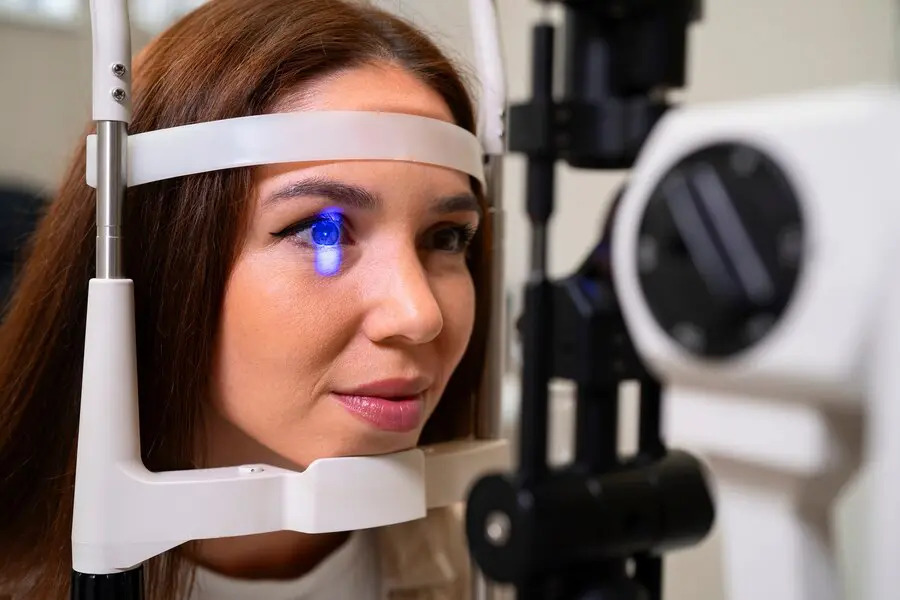

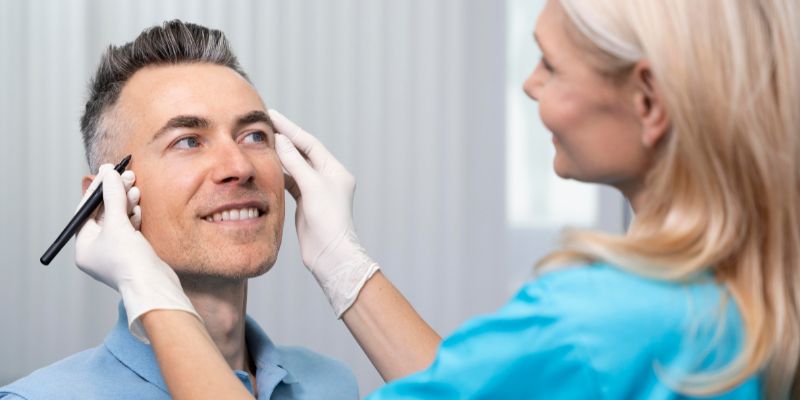




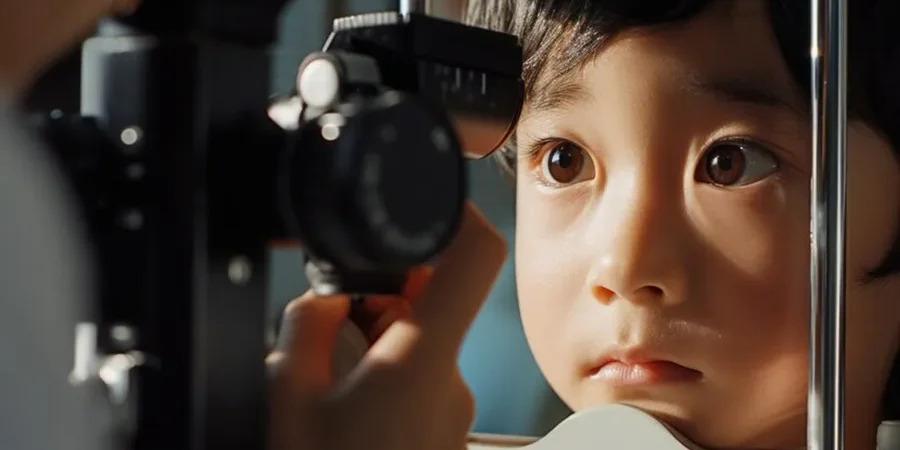
Inquiring minds seek to know: Can elevated blood pressure indeed exacerbate the condition of corneal ulcers, necessitating a cautious assessment and management? Understanding potential risks is crucial for both patients battling these conditions.
Advancing research highlights the crucial need to understand if elevated blood pressure can exacerbate corneal ulcers, thereby posing an additional layer of risk for patients and necessitating close monitoring during their treatment.
The potential for high blood pressure to adversely affect the course of corneal ulcer development indicates a complex interplay between systemic conditions that warrants further investigation in managing co-morbidities associated with ocular health.
A thought-provoking exploration into the potential for high blood pressure to aggravate corneal ulcer conditions, highlighting awareness of associated risks.
Admiring this article insightful exploration into the correlation between high blood pressure and its potential to aggravate corneal ulcers, underscoring awareness of crucial risks for individuals faced with these health challenges.


